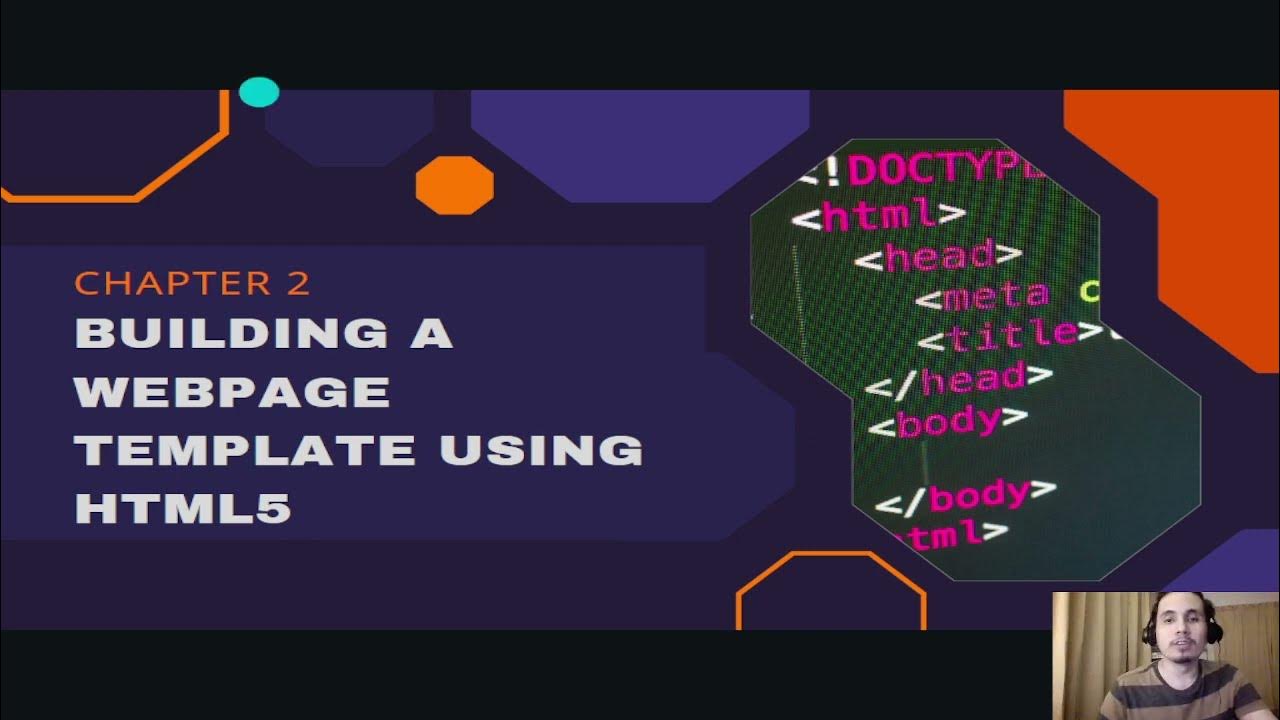Belajar Laravel 11 | 4. Blade Templating Engine
Summary
TLDRThis tutorial walks through setting up a basic web page layout using a web development framework, focusing on the structure of the homepage and navigation system. The video explains how to modify text and navigation links, replacing placeholders with actual content like 'Home Page' and 'Blog'. It highlights the issue of duplicate code across pages and sets the stage for upcoming improvements by introducing Blade components, which will allow for modular and more efficient layout management. The tutorial is designed to guide developers toward better code organization and user-friendly web design.
Takeaways
- 😀 The speaker introduces how to customize a webpage structure using Laravel and Blade templating.
- 😀 Users are encouraged to replace 'Tom Cook' with their own name and photo, with plans for login and registration features later.
- 😀 The term 'Dashboard' is replaced with 'Homepage' to better reflect the page's purpose.
- 😀 The webpage is divided into three main sections: Navbar, Header, and Main Content.
- 😀 The Navbar is structured using the `<nav>` tag and contains navigation links to different pages.
- 😀 The Header section is where the title of the homepage (e.g., 'Welcome to My Homepage') is placed.
- 😀 The Main Content section is where dynamic content can be added, such as user-specific text or information.
- 😀 The speaker emphasizes updating page routing to direct users to the correct pages (e.g., `/home`, `/blog`, `/contact`).
- 😀 The speaker points out a duplication issue with the current code, where the same content is copied across multiple pages (Home and Blog).
- 😀 The speaker plans to resolve the duplication issue in a future video by utilizing Blade components for modular and reusable code.
- 😀 The video concludes with a promise of more organized and efficient layouts in the next video, encouraging viewers to stay tuned.
Q & A
What is the first step in building the web application in this tutorial?
-The first step is setting up the basic structure of the web application, including the navigation bar (NAV), header, and main content area. The content is then dynamically modified as needed.
How does the tutorial suggest changing the profile name and photo?
-The tutorial suggests changing the default profile name (e.g., 'Tom Cook') and photo to your own, but mentions this will be done after implementing the login and registration features.
What is the purpose of changing the text from 'Dashboard' to 'Homepage' in the header?
-Changing 'Dashboard' to 'Homepage' makes the application more intuitive and aligns the UI with user expectations, marking it as the starting point of the app.
What are the three main sections of the web page as described in the tutorial?
-The web page is divided into three sections: 1) The navigation bar (NAV) at the top, 2) The header where the 'Homepage' label is displayed, and 3) The main content area where dynamic content is shown.
How does the tutorial suggest handling page navigation?
-The tutorial explains that navigation links should be modified to point to the correct routes, such as changing the links from 'home' to 'blog' or 'contact'.
What issue does the tutorial highlight when duplicating content across pages?
-The tutorial highlights that duplicating content across different pages is inefficient and leads to messy code, which will be addressed in future videos by modularizing the layout.
What solution does the tutorial propose to address content duplication across pages?
-The solution is to use Blade components in Laravel. This will help modularize the page layout, reducing repetition and making the code more maintainable.
What does the tutorial promise to focus on in the next video?
-In the next video, the tutorial promises to focus on improving the layout and structure of the web application by using Blade components for a more modular design.
Why is it important to avoid duplicating content in a web application?
-Duplicating content makes the code harder to maintain and leads to inconsistencies across pages. Using modular components allows for better scalability and easier updates to shared content.
What feature does the tutorial plan to implement later in the development process?
-The tutorial plans to implement the login and registration features, allowing users to log in and personalize their experience, including updating profile details like name and photo.
Outlines

This section is available to paid users only. Please upgrade to access this part.
Upgrade NowMindmap

This section is available to paid users only. Please upgrade to access this part.
Upgrade NowKeywords

This section is available to paid users only. Please upgrade to access this part.
Upgrade NowHighlights

This section is available to paid users only. Please upgrade to access this part.
Upgrade NowTranscripts

This section is available to paid users only. Please upgrade to access this part.
Upgrade NowBrowse More Related Video

Chapter 2 - Creating Webpage Template with HTML5

Administrasi Sistem Jaringan

Belajar Laravel 11 | 3. Struktur Folder

LESSON 01 | API Test with Playwright | Installation and run first script

CSS website layout in 9 minutes! 🗺️

Sticky Navbar on Scroll With CSS | Change Navbar Color on Scroll With Javascript
5.0 / 5 (0 votes)